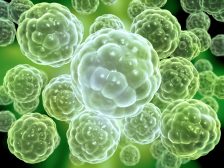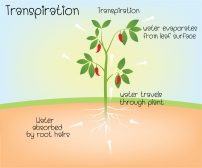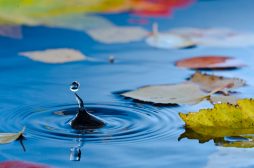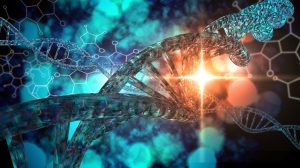Definition
noun
A type of agglutination reaction in which known antibody is bound to a carrier particle instead of the antigen
Supplement
Agglutination, or the clumping together of cells, could be used in the identification of bacterial species by means of identifying the antigen specific to a certain antibody. Agglutination may be active or passive depending on the method of bringing about agglutination reaction. In active agglutination, there is no need for wrapping the antigen with an inert particle prior to agglutination. In passive agglutination, the agglutination reaction would have to make the antigen bound to an inert or carrier particle such as latex beads and tanned erythrocytes before it is made to react with a particular antibody. However, there is another biological method in which the inert or carrier particle is bound not to an antigen but to a known antibody. This is referred to as reverse passive agglutination. In this process, the antibody must be oriented in such a way that the active site is facing outward. It is used in the detection of microbial antigens such as Group A and B Streptococcus, Staphylococcus aureus, Neisseria meningitides, Haemophilus influenza, Cryptococcus neoformans, Mycoplasma pneumonia, and Candida albicans. 1
See also:
Related term(s):
Reference(s):
1 Terry Kotria. 2.Basic Immunology Procedure. Austin Community College. October 2010. www.austincc.edu/kotrla/SerLec2.pdf link







